Explanation
Designated as a national park in 1988, Byeonsanbando National Park is the only national park in the country that consists of both the ocean and the mountains. The park is divided into two large sections: the shore area, called Outer Byeonsan, and an inland area called Inner Byeonsan. It has mountain peaks made up of unique rock formation, such as Uisanbong Peak (508 meters), Chaeseokgang Cliff, and Jeokbyeokgang Cliffs. Nearby Gyeokpo Port and Naesosa Temple are all worth exploring, enriching the experience of the area. It's also well known for having the latest sunset in the country with stunning panoramic views.
Inquiry
+82+63-582-7808
Homepage
Information Use
Contact and Information : +82-63-582-7808
Parking facilities : Available
Day off : N/A (Open all year round)
Hours : Open 24 hr
More information
Natural Preservation Areas (closed to public)
* Gamaso Prayer House Three-Way Intersection: until 2026
Admission Fees
Varies by facility
Facility Utilization Fees
Camp sites, park offices
Parking Fees
[Naesosa Temple Parking lot (time-based payment) / Parking control tower operated]
For first 1 hour – [S] 500 won / [M] 1,100 won / [L] 2,000 won
Each additional 10 minutes - [S] 100 won / [M] 250 – 300 won / [L] 400 – 500 won
More than 9 hours – [S] 5,000 won / [M] 13,000 won / [L] 20,000 won
* Free: Regular shuttle buses (Not including monthly parking leasers)
[Naebyeonsan Mountain Parking lot (flat rate payment system)]
Vehicles less than 1000cc: 1,000 won / Vehicles more than 1000cc: 2,000 won
Vans less than 25 people: 2,500 won / Vans more than 25 people: 3,000 won
Heavy vehicles less than 4 tons: 2,000 won / Heavy vehicles more than 4 tons: 3,000 won
Available Facilities
Visitor center, campgrounds
Restrooms
Available
Interpretation Services Offered
Not available
Location
11, Bangpaje-gil, Byeonsan-myeon, Buan-gun, Jeonbuk-do
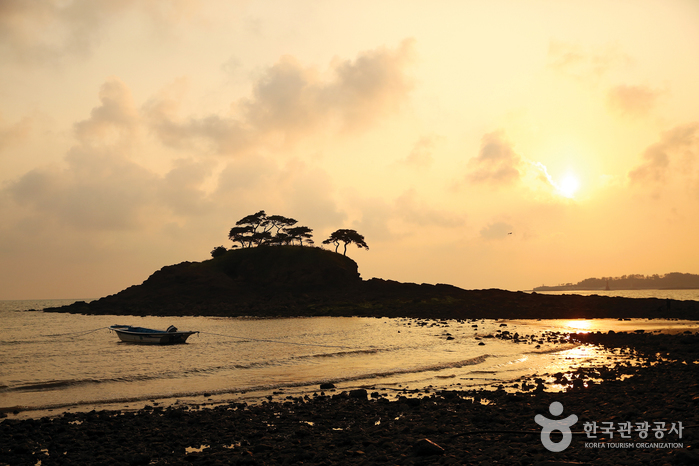
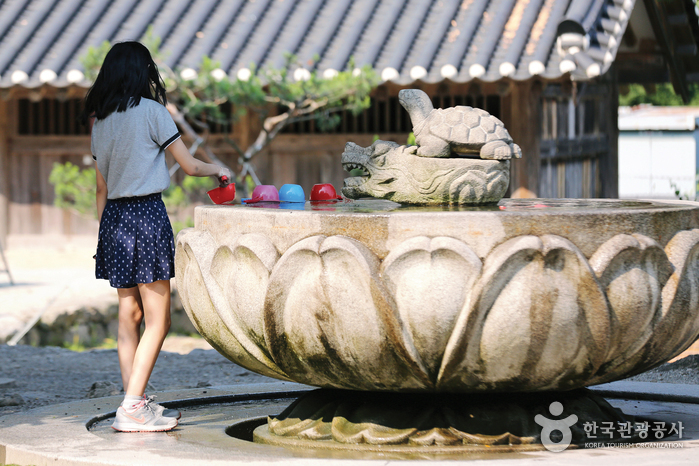
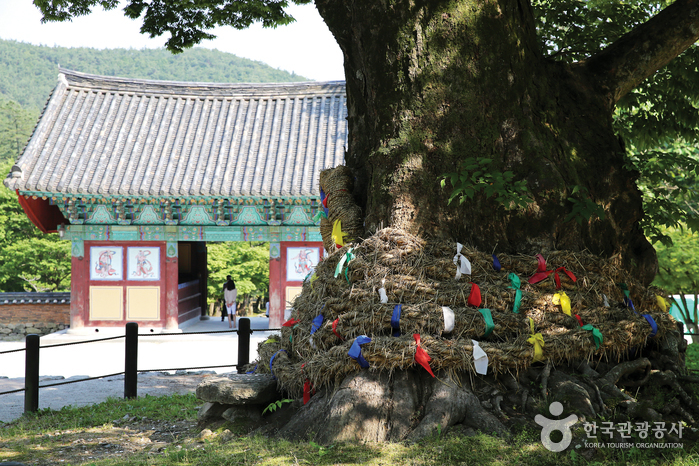
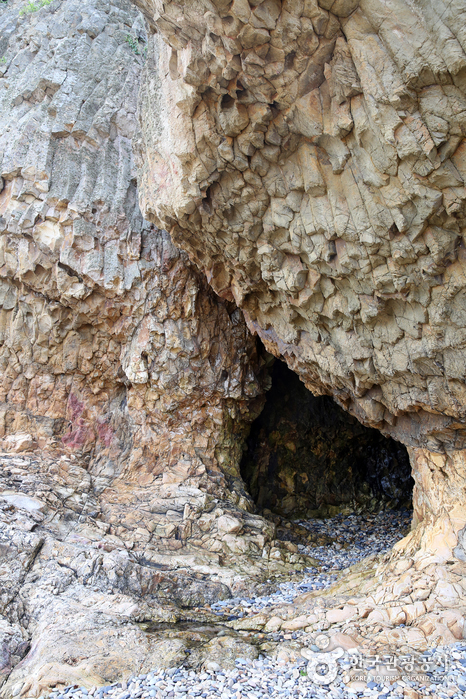
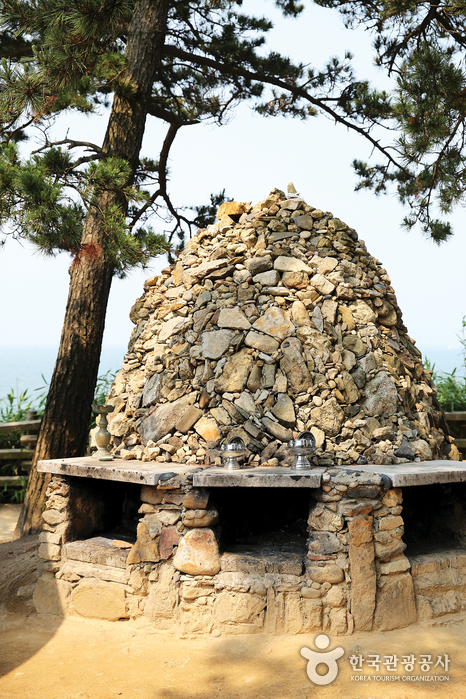
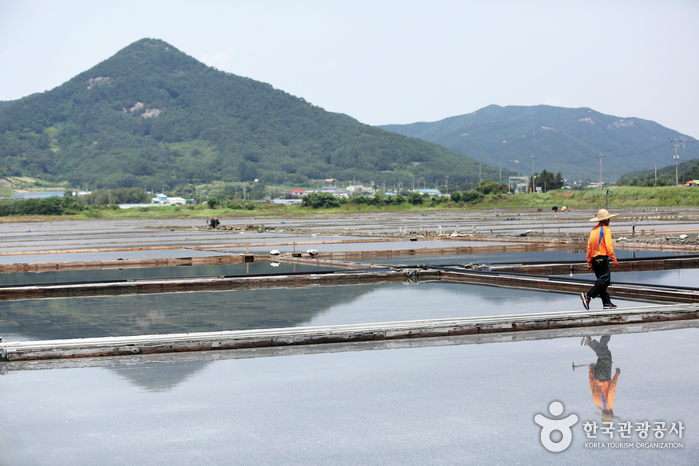
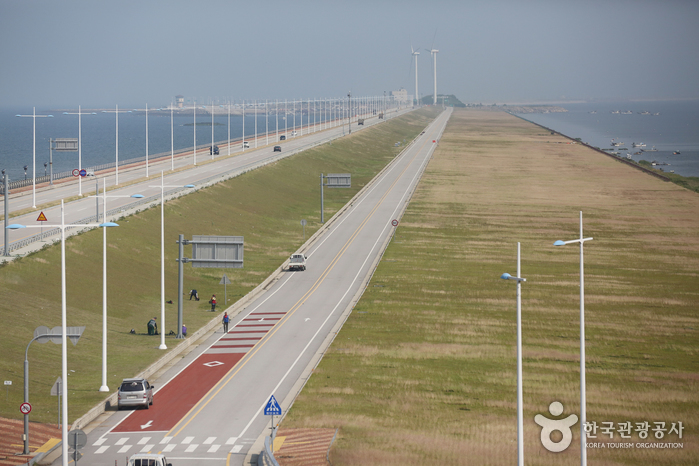
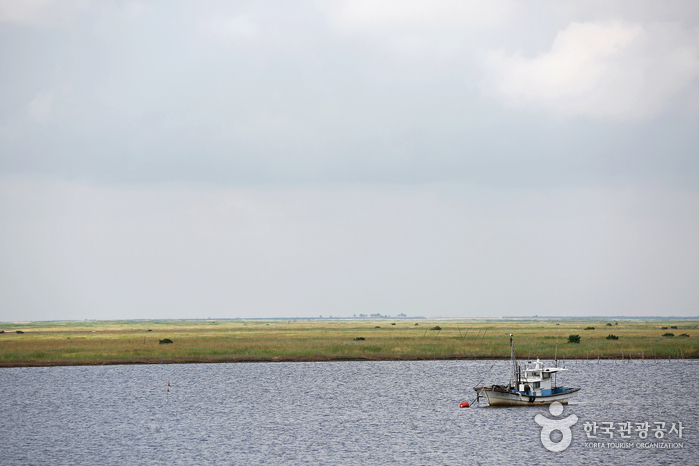

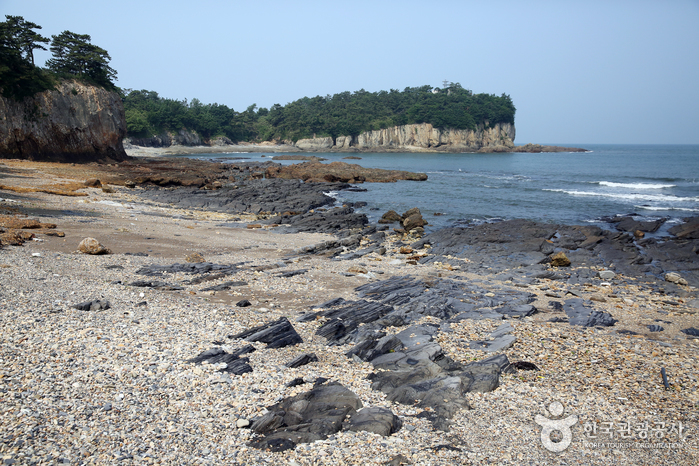
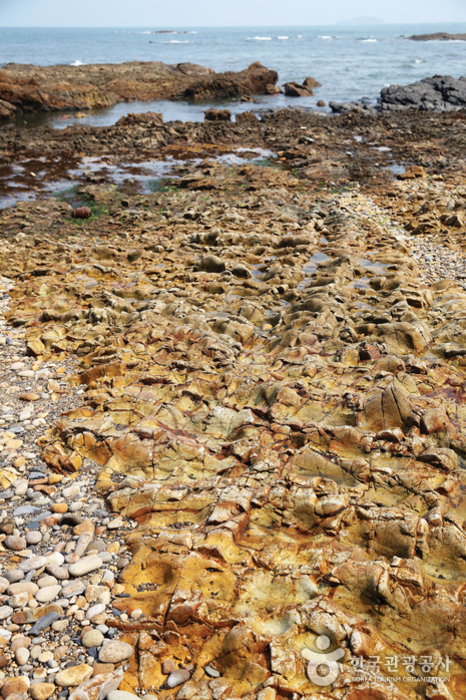
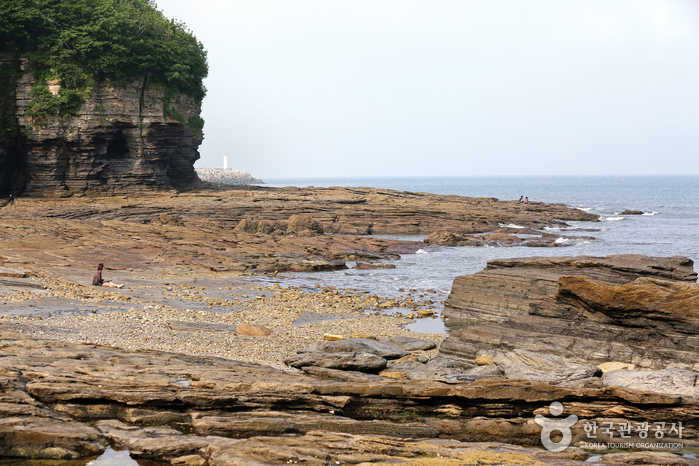
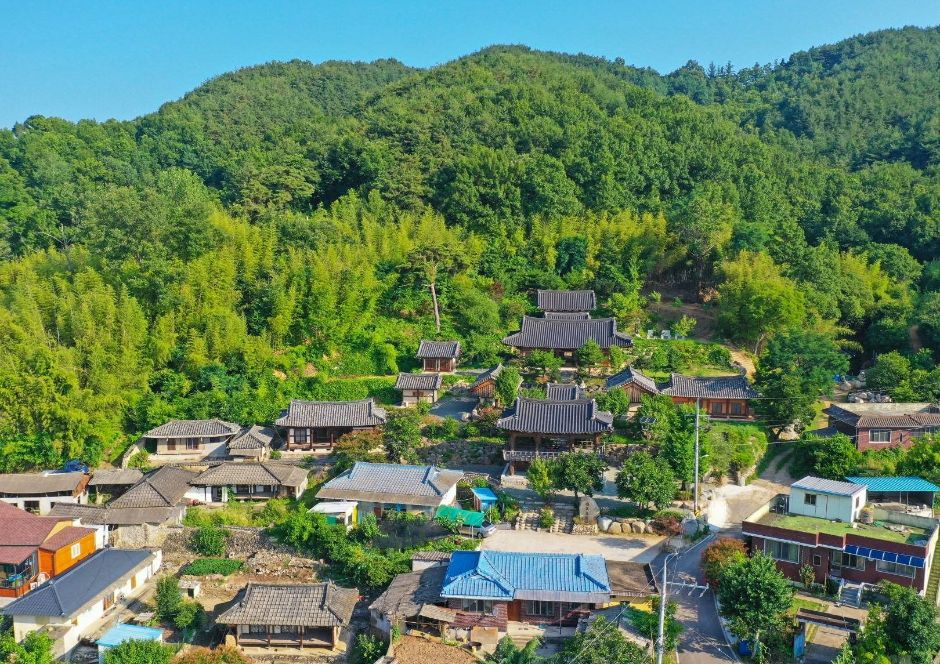

 English
English
 한국어
한국어 日本語
日本語 中文(简体)
中文(简体) Deutsch
Deutsch Français
Français Español
Español Русский
Русский